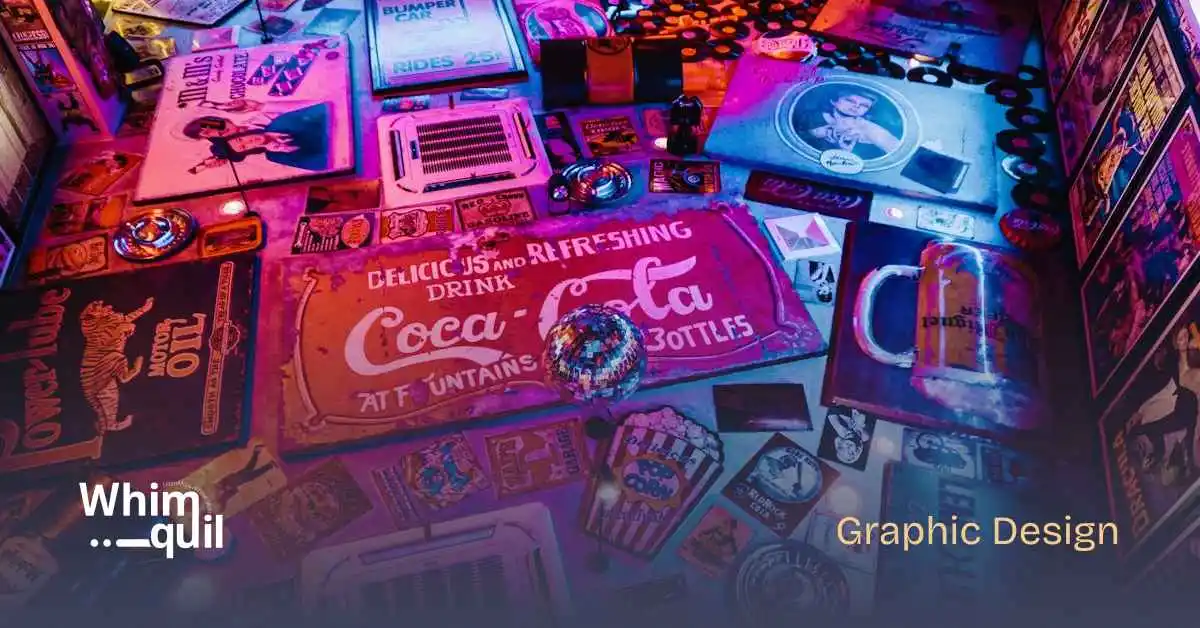Introduction to Graphic Design Principles
Starting out in graphic design can be overwhelming, but learning the basics will set you up for success. These 10 principles will help you create clean, professional designs, whether you’re working on logos, websites, or social media graphics.
1. Typography
Choosing Fonts Wisely
Fonts play a crucial role in conveying a message. When you’re just starting, focus on picking clear and appropriate fonts for the project. The right font helps deliver your message effectively.
Readability vs. Style
Stylish fonts are great but shouldn’t come at the cost of readability. Ensure the text is easy to read, even if you’re using creative fonts.
2. Color Theory
Understanding Color and Emotion
Colors can evoke different emotions. Blue might suggest trust, while red can create a sense of urgency. Knowing the basics of color psychology can help you choose colors that fit the tone of your project.
Creating Balanced Color Schemes
Balancing colors in your designs is key. Using tools like Adobe Color can help you create visually appealing combinations and make sense together.
3. Layout and Composition
The Rule of Thirds
One of the simplest ways to improve your design is by using the rule of thirds. Divide your canvas into a 3×3 grid and place your key elements along these lines to create a balanced composition.
Using White Space
White space (empty space) is essential to avoid clutter in your design. It helps create a clean layout and directs attention to important elements.
4. Contrast
Making Designs Stand Out
Contrast helps different elements stand out. Whether it’s the contrast between colors, shapes, or sizes, it adds interest to your design and ensures important parts are noticed.
Using Contrast to Highlight Key Elements
You can use contrast to emphasize certain parts of your design. For example, bold colors or larger text can make important details more noticeable.
5. Alignment
Creating Order
Good alignment helps ensure that everything in your design looks organized. It creates a clear structure that makes the design easier to follow.
Types of Alignment
You can align elements to the left, right, or center. Choosing the correct alignment depends on the type of project you’re working on.
6. Balance
Symmetrical vs. Asymmetrical
Balance gives your design stability. Symmetrical balance creates a formal look, while asymmetrical balance can make your design more dynamic.
Finding the Right Balance
It’s important to make sure that no single element overpowers the rest of your design. Achieving balance, through symmetry or asymmetry, keeps your layout visually stable.
7. Hierarchy
Creating Focal Points
Hierarchy is about guiding the viewer’s eye to the most important parts of your design first. Use size, color, and contrast to make key elements stand out.
Organizing Content
Organize your content so that the most crucial information is easy to find. Establish a clear order to guide viewers through the design logically.
8. Proximity
Grouping Related Items
Proximity involves grouping related elements. For example, keeping headings close to their corresponding content helps viewers understand their connection.
Improving Readability
Proximity can also make your design easier to read by keeping related elements together. This helps make your layout more organized and intuitive.
9. Repetition
Creating Unity
Repetition of certain design elements, such as colors, fonts, or shapes, helps create consistency. This ensures that your design looks cohesive and professional.
Guiding the Viewer
Using repetition, you can also help guide the viewer’s eye through the design, making it easier to follow.
10. Simplicity
Less is More
In design, simplicity often makes the biggest impact. Avoid overcrowding your design with too many elements. Instead, focus on what’s essential to the message you’re trying to convey.
Eliminating Clutter
A cluttered design can confuse your audience. Keeping it simple and clear makes sure your message comes across effectively.
Conclusion
Learning the 10 design principles will help you create more effective and visually appealing designs. By mastering these basics, you’ll be able to build a strong foundation that can evolve as you gain experience. Keep practicing, and your skills will grow over time.
FAQs
Q1: What’s the most important design principle for beginners?
Typography is one of the most critical, as it impacts how your message is conveyed and understood.
Q2: How can I improve as a beginner?
Practice, study other designs, and always seek feedback. Apply these principles regularly in your projects.
Q3: Should I always follow these principles?
These principles are a good starting point, but feel free to experiment as you grow more comfortable with the design.
Q4: What tools can I use?
Tools like Adobe Illustrator and Canva are great for practicing design fundamentals.
Q5: How long will it take to learn these principles?
With consistent practice, you should be able to grasp the basics in a few months.


